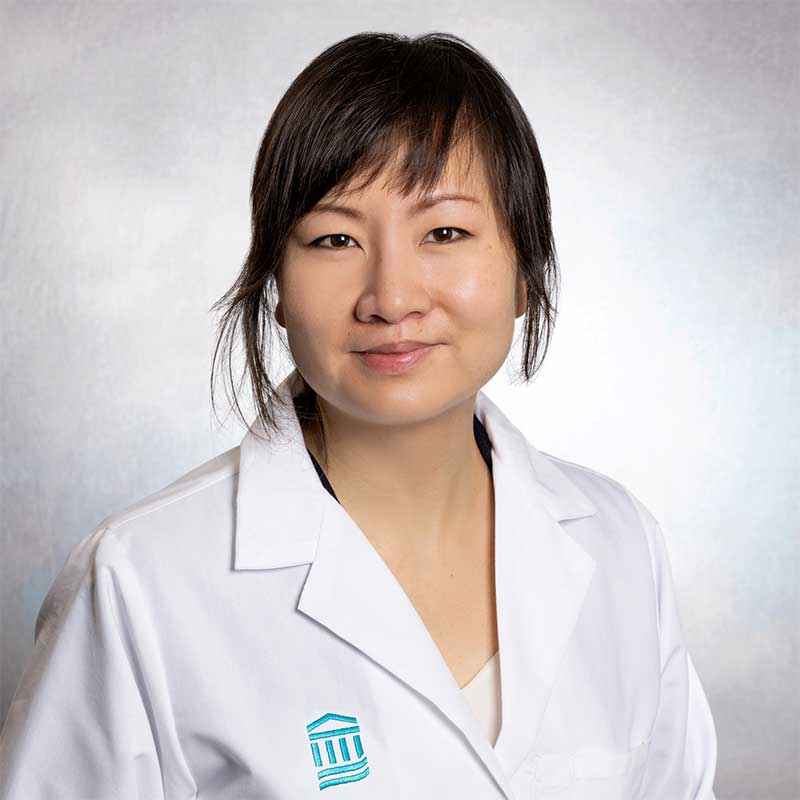-
- Find Care
-
- Visitor Information
- Find a Location
- Shuttles
- Visitor Policies
-
-
- Our Virtual Care Options
- Virtual Urgent Care
- Virtual Visits for Primary & Specialty Care
- Online Second Opinions
- Participate in Research
-
- Contact us
-
- For Innovators
- Commercialization Guide for Innovators
-
-
- Research News
- Alzheimer's Disease
- Artificial Intelligence
-
- Overview
-
- Overview
- Getting Started
- New to Mass General Brigham
- International Patient Services
- What Is Patient Gateway?
- Planning Your Visit
- Find a Doctor (opens link in new tab)
- Appointments
- Patient Resources
- Health & Wellness
- Flu, COVID-19, & RSV
- Billing & Insurance
- Financial Assistance
- Medicare and MassHealth ACOs
- Participate in Research
- Educational Resources
- Visitor Information
- Find a Location
- Shuttles
- Visitor Policies
- Find Care
-
- Overview
- Our Virtual Care Options
- Virtual Urgent Care
- Virtual Visits for Primary & Specialty Care
- Online Second Opinions
-
- Overview
- Participate in Research
-
- Overview
- About Innovation
- About
- Team
- News
- For Industry
- Venture Capital and Investments
- World Medical Innovation Forum (opens link in new tab)
- Featured Licensing Opportunities
- For Innovators
- Commercialization Guide for Innovators
- Contact us
-
- Overview
- Information for Researchers
- Compliance Office
- Research Cores
- Clinical Trials
- Advisory Services
- Featured Research
- Two Centuries of Breakthroughs
- Advances in Motion (opens link in new tab)
- Brigham on a Mission (opens link in new tab)
- Gene and Cell Therapy Institute
- Research News
- Alzheimer's Disease
- Artificial Intelligence
-
- Overview
-
- Overview
- Residency & fellowship programs
- Brigham and Women's Hospital
- Massachusetts General Hospital
- Mass Eye and Ear
- Newton-Wellesley Hospital
- Salem Hospital
- Integrated Mass General Brigham Programs
- Centers of Expertise
- Global & Community Health
- Health Policy & Management
- Healthcare Quality & Patient Safey
- Medical Education
- For trainees
- Prospective trainees
- Incoming trainees
- Current trainees
- Continuing Professional Development
Why Do I Keep Getting Headaches? Understanding the Different Types of Headaches

Headaches are all too common — and often, hard to pinpoint. They can be caused by all sorts of things, from dehydration to sinus infections to eye strain. Unless they’re severe, occasional headaches usually aren’t cause for concern. But if you’re experiencing head pain more often, you’re probably eager to get to the bottom of it.
“It can be tricky to identify the cause of head pain,” says Shuhan Zhu, MD, a Mass General Brigham neurologist and clinical director of the John R. Graham Headache Center at Brigham and Women's Faulkner Hospital. “But if headaches are disrupting your life, you should seek care. There are effective treatments that can help you feel better.”
Dr. Zhu describes common headache disorders, and what to do about them.
Primary headache types and causes
What causes a headache? It’s complicated. There are many categories of headaches, some common and some rare. Headaches that occur on their own — not because of another medical problem — are known as primary headache disorders.
Most primary headaches belong to one of three types:
Tension-type headaches
Migraines
Cluster headaches (and other trigeminal autonomic cephalalgias)
Tension-type headache
Tension-type headaches are the most common type of primary headache. They typically share these features:
Symptoms: Pain generally ranges from mild to moderate.
Location: They can occur in the back of the head and neck, the front of the head and temples, or behind the eyes. Usually, they affect both sides of the head.
Cause: These headaches are often caused by stress or tension that leads to tightening of the muscles in the neck, face, or head. They can also be triggered by mood changes, anxiety, or lack of sleep.
Who’s affected: Tension-type headaches are common throughout life. They can begin in childhood or adolescence and continue throughout adulthood.
Duration: Untreated, tension-type headaches can last from hours to days.
Migraine
Migraine is the second-most common type of primary headache. But because they tend to be more severe, they are the most frequent reason that patients come to headache clinics, Dr. Zhu says.
Migraine is a recurrent type of headache usually characterized by these features:
Symptoms: Migraines cause pulsing pain that is moderate to severe in intensity. They are often associated with nausea and vomiting, and sensitivity to light, noise, and odors. Migraines can also cause vision changes known as aura.
Location: Migraines are more likely to occur on just one side of the head than tension-type headache. Pain can happen anywhere in the head.
Cause: Migraines have a strong genetic component, and they tend to run in families. Even if you don’t have a family health history of migraines, other factors can also increase risk. For example, people who experience traumatic events early in life have a higher risk of developing migraines as adults.
Triggers: Many factors can trigger a migraine. These include lack of sleep, low blood sugar, strong scents, hormonal changes, or certain kinds of foods (such as alcohol or caffeine).
Who’s affected: Anyone can get migraines. But they are more common in people with female sex hormones and can be triggered by the menstrual cycle. They are most common in people in their 20s to 40s and become less common after menopause, Dr. Zhu explains.
Duration: Without treatment, migraines can last from 4 hours to multiple days.
Cluster headaches
Cluster headaches are the most common type of a group of headaches known as trigeminal autonomic cephalalgias. Cluster headaches are identified by these features:
Symptoms: Cluster headaches are the most painful type of primary headache — and potentially one of the most painful conditions there is. They can also cause a stuffy nose and swollen, droopy, or teary eye on the affected side. As the name suggests, they occur in clusters. Someone might get them every day for a few months, for example, then have a stretch of headache-free months or years. They tend to occur around the same time each day and are more common at night than migraines.
Location: Cluster headaches are “side locked” — they always occur on just one side of the head. The location is often behind and around the eye.
Cause: Experts aren’t entirely sure what causes cluster headaches, but genetics might play a role.
Who’s affected: Cluster headaches are more common in men and in people who smoke. They usually begin in young adulthood or middle age.
Duration: Cluster headaches usually peak within 10 minutes of onset and can last for 15 minutes to 3 hours.
Primary headache treatment
While there’s no cure for primary headache disorders, doctors offer many treatments and techniques to manage them. The exact treatment depends on what type of headache you have and how it affects your life.
In general, treatments fall into a few categories:
Preventive treatments: These are treatments taken on a regular basis to reduce the frequency and severity of future headaches. “These may be helpful for patients who have headaches at a severity and frequency that interfere with their daily life,” Dr. Zhu says.
Acute treatments: These are pain-fighting treatments taken when a headache occurs. They include over-the-counter drugs like ibuprofen and acetaminophen, as well as a variety of prescription medicines. “These medications don’t prevent headaches, but they can help alleviate pain when you get one,” she says.
Non-drug pain treatments: Many patients benefit from alternative treatments such as acupuncture or massage therapy. People with frequent headaches can often experience neck and back pain. “Migraines themselves can lead to neck pain, but neck and spine problems can also make migraines worse,” Dr. Zhu says. Either way, treating the pain with physical therapy can help bring relief for some patients.
Device-based treatments: Some people with migraines use medical devices to treat the pain. One type of device is applied to the forehead, where it sends electrical signals to turn down overactive nerves over time. Another device is worn on the arm.
Supplements: Some people with headaches find that over-the-counter vitamins and dietary supplements can help keep their head pain in check, Dr. Zhu says. Some examples include magnesium, vitamin B2, and coenzyme Q10 (CoQ10).
Lifestyle changes: Some people find that scents, foods, or alcohol can trigger headaches. Avoiding those triggers can help. Other healthy choices such as getting good sleep, exercising regularly, and managing stress can also prevent headaches. “Making these types of adjustments can make a big difference in headaches and overall health over the long term,” Dr. Zhu says.
Secondary headaches (and headaches you shouldn’t ignore)
When you seek help for headaches, your doctor will probably start by looking for other factors that may cause pain, Dr. Zhu says.
Underlying health conditions that affect the brain can cause what doctors call “secondary headache disorders.” There are many possible causes of secondary headaches, including blood vessel problems, inflammation, tumors, or abnormalities of the neck and spine. “If you have problematic headaches, you should see a healthcare professional for evaluation and diagnosis.”
There is one type of secondary headache everyone should be aware of. “Thunderclap headaches” come on suddenly, peaking in intense pain within seconds or one minute of onset. They can indicate a life-threatening condition such as bleeding in the brain.
“If you have a severe, sudden-onset headache, go to the emergency room for immediate evaluation,” Dr. Zhu says.
When to seek treatment for headaches
Some people with headache disorders have sporadic pain. Others have much more frequent, or even daily, pain. If headaches are interfering with your quality of life, it’s a good idea to talk to your doctor, Dr. Zhu says.
Your primary care provider can help start the process of getting to the bottom of it. Before your appointment, keep a log of the headaches and symptoms you experience.
“A lot of patients only mention severe headaches, but it’s important to tell us about milder head pain as well,” she says. “We want to know the whole picture so we can put it into the bigger context and find the right treatment plan to give you some relief.”
